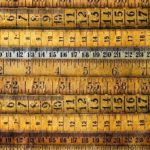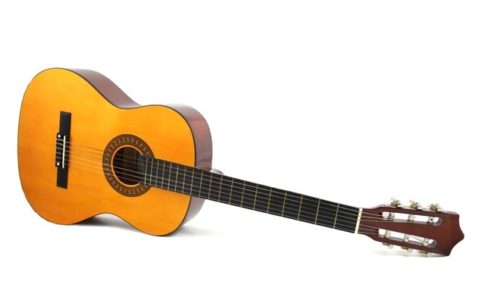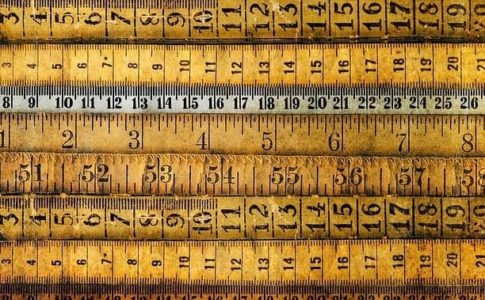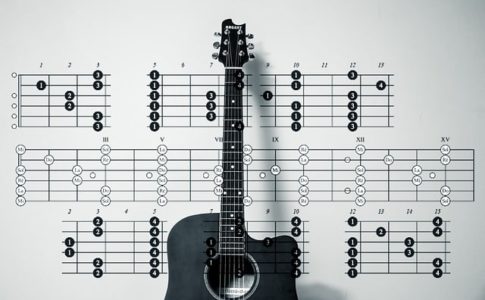Triads and 7th chords you can get on C major scale described in <Chapter 1> are referred to as diatonic chords.
Contents
Chord Basics
To understand the diatonic chords, let’s fist study the chord basics.
C chord is a harmony you get when three notes C, E, and G are simultaneously played.
Here, C is the root.
C chord comprises the root sound (C), the third sound E (a major third from the root), and the fifth sound G (major fifth from the root). The C chord is also called “C triad”.
Here, the third determines whether the chord is a major or minor chord.
For example, by changing the third (E) in the C chord to the note half step down (Eb), you get Cm chord.
Chords including minor third are minor chords or diminished chords described later.I think it’s safe to say that the diminished chords can be regarded as minor chords.
Just remember that the third determines whether the chord is a major or minor chord.
Dyad (With no fifth)
Diatonic Triads (Omit 5th) Key of C
Now, the Diatonic chords will be described.
First, let’s check out simple harmonies without the fifth.
① C
<Root, 3rd>
② Dm (D minor)
<Root,♭3rd>
③ Em (E minor)
<Root,♭3rd>
④ F
<Root, 3rd>
⑤ G
<Root, 3rd>
⑥ Am (A minor)
<Root,♭3rd>
⑦ Bm (B minor)
<Root,♭3rd>
♪ Dyad (With no fifth)
Guitar Tabs
C Diatonic Triads Omit 5th
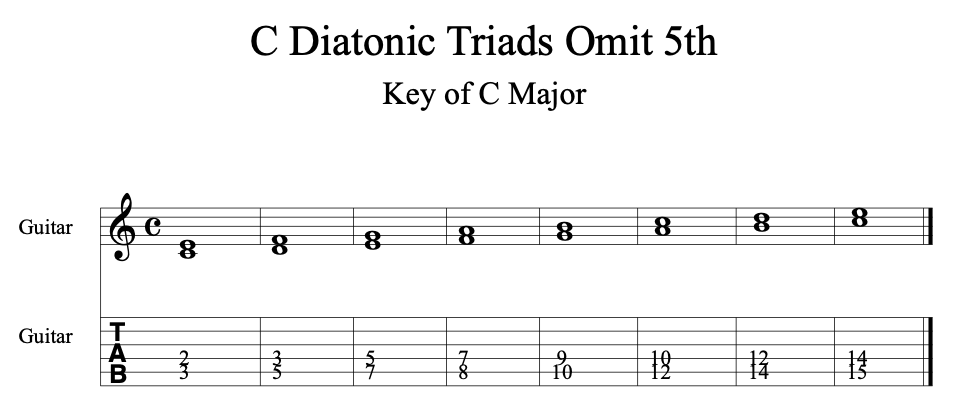
Triads
Diatonic Triads Key of C
① C
<Root, 3rd, 5th>
② Dm (D minor)
<Root,♭3rd, 5th>
③ Em (E minor)
<Root,♭3rd, 5th>
④ F
<Root, 3rd, 5th>
⑤ G
<Root, 3rd, 5th>
⑥ Am (A minor)
<Root,♭3rd, 5th>
⑦ Bm-♭5 (B minor flat fifth) =B dim (B diminish)
<Root,♭3rd,♭5th>
♪ Triads
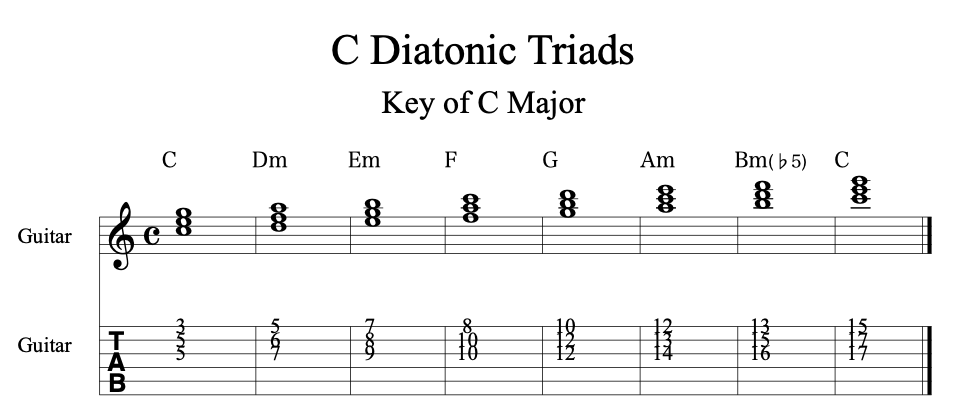
7th chord
Diatonic Chords / 7th Chords
① CM7 (C Major seventh)
<Root, 3rd, 5th, M7th>
② Dm7 (D minor seventh)
<Root,♭3rd, 5th,♭7th>
③ Em7 (E minor seventh)
<Root,♭3rd, 5th,♭7th>
④ FM7 (F Major seventh)
<Root, 3rd, 5th, M7th>
⑤ G7 (G seventh)
<Root, 3rd, 5th,♭7th>
⑥ Am7 (A minor seventh)
<Root,♭3rd, 5th,♭7th>
⑦ Bm7-♭5 (B minor seventh flat fifth)
<Root,♭3rd,♭5th,♭7th>
Since all the sounds except for the root and the fourth are flatted, the chord is also called “half diminish”.
It is quite difficult to play the 7th chord in the pattern described above, so the orders of the sounds except for the root sound are changed.
♪ 7th chord
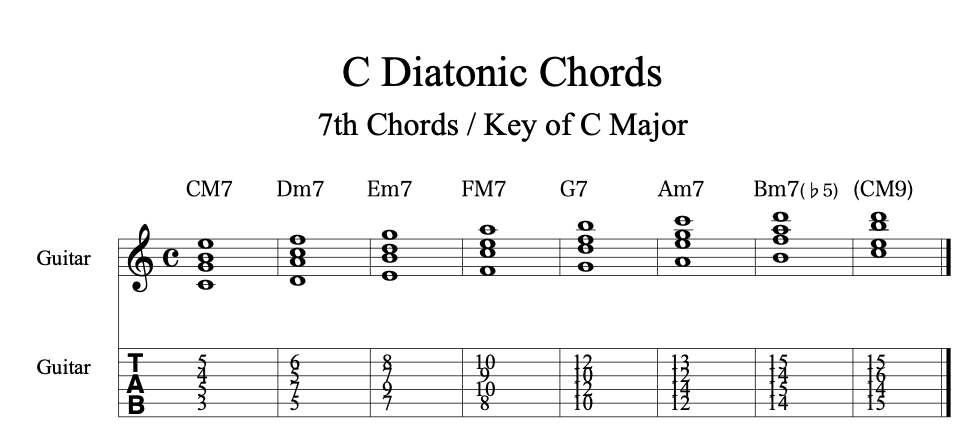
Chord Functions
The seven chords described above can be classified into three groups described below.
(Key of C)
① Tonic
<CM7><Em7><Am7>
② Sub Dominant
<Dm7><FM7>
③ Dominant
<G7><Bm7(♭5)>
<Abbreviation>
Major 7 → M7
minor 7 → m7
The chords in the same group have something in common; some of the notes are the same.
Specifically, three notes out of four notes in a 7th chord are the same among the chords.
Tonic Chords
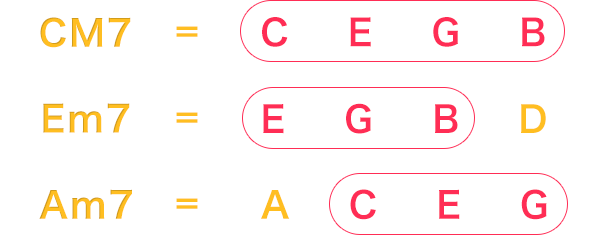
Sub Dominant Chords

Dominant Chords

Look at the notes in the chords and you will find that there is a triad in the notes.
Am7 chord may be considered as Triad+root as described below.

For example, Am7 has C triad, and thus can also be referred to as “C on A” or “C/A”.
They are fraction chord that has not been described yet, but don’t take it too seriously, they are just “C(Triad)+A(the lowest sound)”.
Since Am7 is very close to C, it is called “relative minor”.
Other relative minors
C-Am
D-Bm
E-C#m
The exemplary arpeggios played in Chapter 1 have the relative relationship.
The functions of the three groups are as follows.
Tonic
Very strong, and chord progression from this group to any other group or vice versa is very natural.
e.g. Tonic▶Tonic

Subdominant
Not as strong as Tonic chords, i.e., in a sort of a natural position. The chord usually moves from this group to a Dominant chord but can also move to a Tonic chord. e.g. Subdominant▶Tonic

Dominant
Highly unstable sound that moves toward a Tonic chord. The dominant chord provides a dramatic progression toward the final chord (Tonic). e.g. Dominant▶Tonic

<Chapter4> Further notes
Difference between G7 and GM7
The dominant chord G7 has made its first appearance in this chapter.
G7 comprises “G, B, D, and F” whereas GM7 comprises “G, B, D, and F#”
G Mixolydian Scale ( G7 )
G Mixolydian Scale ( G7 )

G Major Scale ( GM7 )


The table shows how the chord name is determined by the third and the seventh in 7th chords.
G, B, D, and F is G=R、B=M3、F=♭7 and thus form G7. Be careful not to write GMb7.
It’s easy if you memorize the table
*Fifth is omitted (assumed to be perfect fifth)

